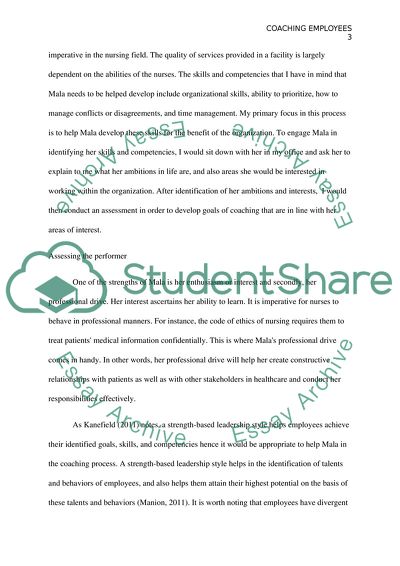Cite this document
(Not Found (#404) - StudentShare, n.d.)
Not Found (#404) - StudentShare. https://studentshare.org/medical-science/1840799-coaching-health-care-employees
Not Found (#404) - StudentShare. https://studentshare.org/medical-science/1840799-coaching-health-care-employees
(Not Found (#404) - StudentShare)
Not Found (#404) - StudentShare. https://studentshare.org/medical-science/1840799-coaching-health-care-employees.
Not Found (#404) - StudentShare. https://studentshare.org/medical-science/1840799-coaching-health-care-employees.
“Not Found (#404) - StudentShare”. https://studentshare.org/medical-science/1840799-coaching-health-care-employees.


